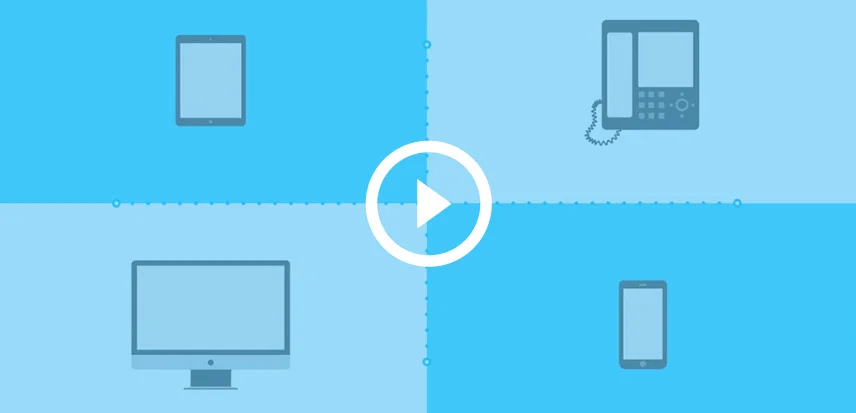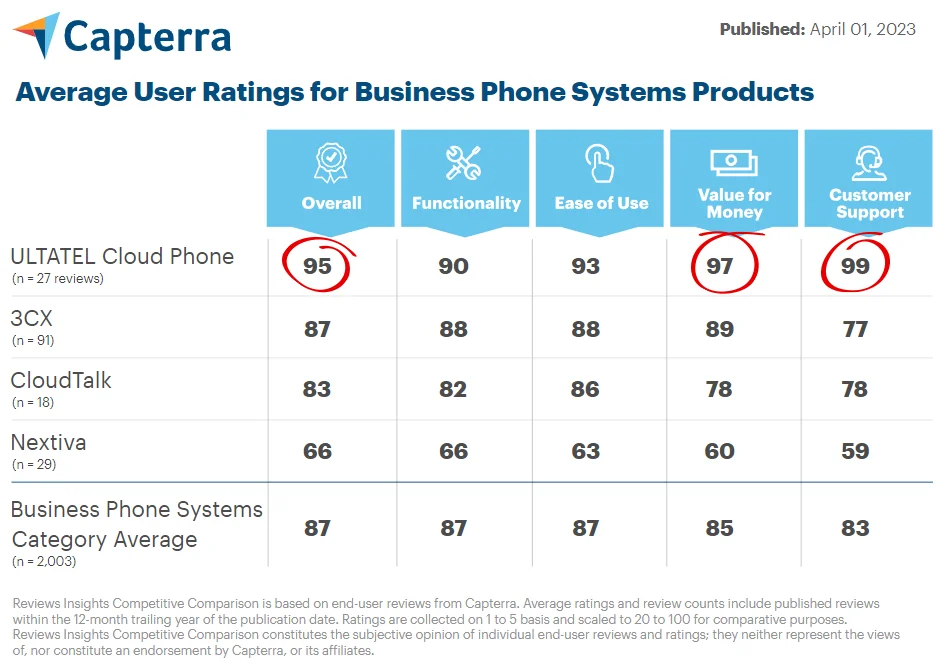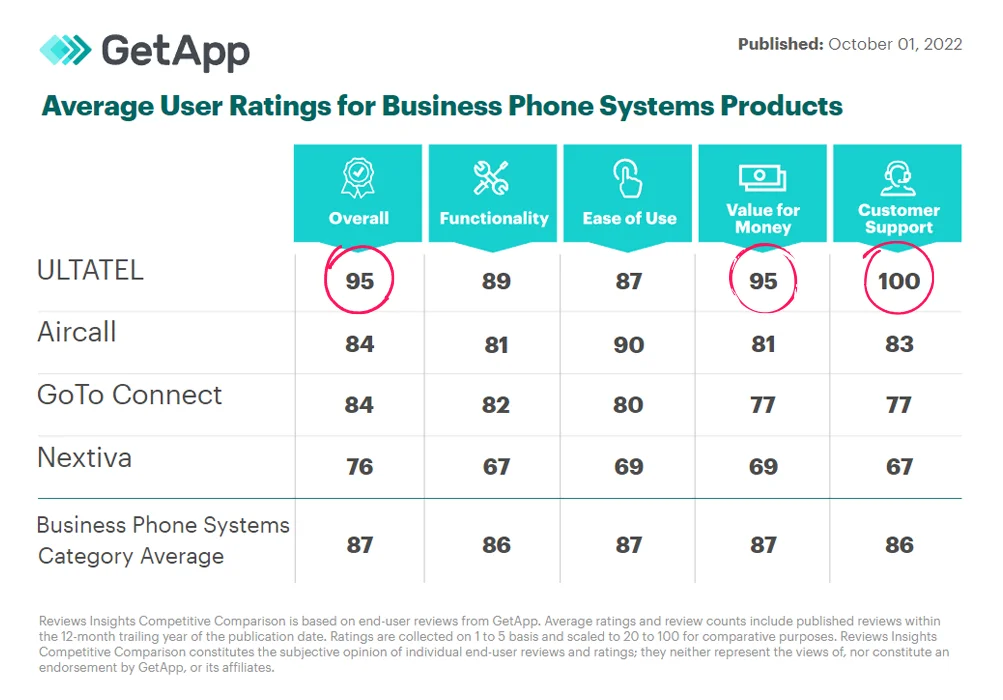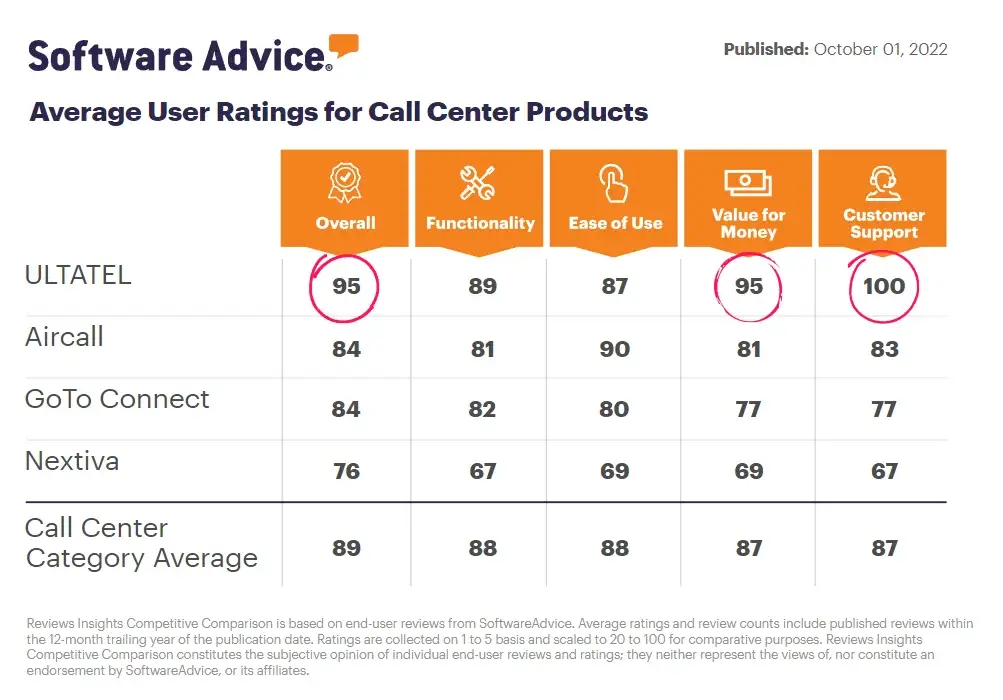What is an Auto-Attendant?
Auto-attendant, also known as the IVR system, is a feature that allows automated responses to phone calls. This feature can be used to route incoming calls to the appropriate recipient, play a greeting message, and provide basic information about the company or organization.
Auto-attendant systems are commonly used in businesses and organizations that receive a large volume of phone calls, and they can be implemented either as part of an existing phone system or as a standalone solution.
Is There a Difference Between Auto Attendant and IVR?
There is no difference between an auto-attendant and an IVR system, as both terms refer to the same type of technology. However, some people may use one term or the other to refer specifically to a particular type or brand of system.
And so, when you hear auto-attendant or IVR being used – know that the people are referring to the same system.
What are the Benefits of an Auto Attendant?
Auto-attendant systems can reduce the cost of handling phone calls by automating many of the tasks that would normally be handled by a human operator, such as routing calls, taking messages, and providing information.
In addition, auto-attendants can free up staffers to handle other tasks since they are not required to answer every incoming call. This can improve overall productivity and efficiency, and it may also help to improve customer service.
What Are the Drawbacks of Auto Attendant Systems?
One of the most significant potential disadvantages is that an auto-attendant system can give callers the impression that they are talking to a machine, which may not create the best customer service experience.
Additionally, customers may become frustrated and may even hang up if calls are not routed properly or if the system is not set up correctly.
Auto-attendant systems can also be expensive to implement and maintain, and they may require a significant upfront investment.











